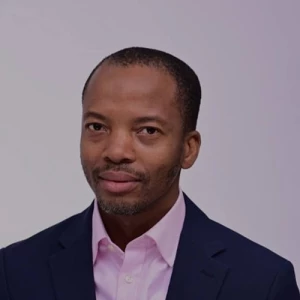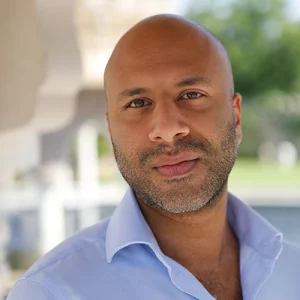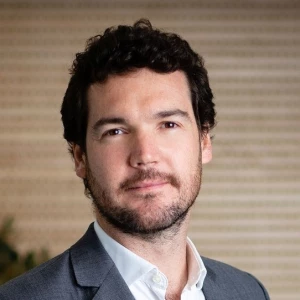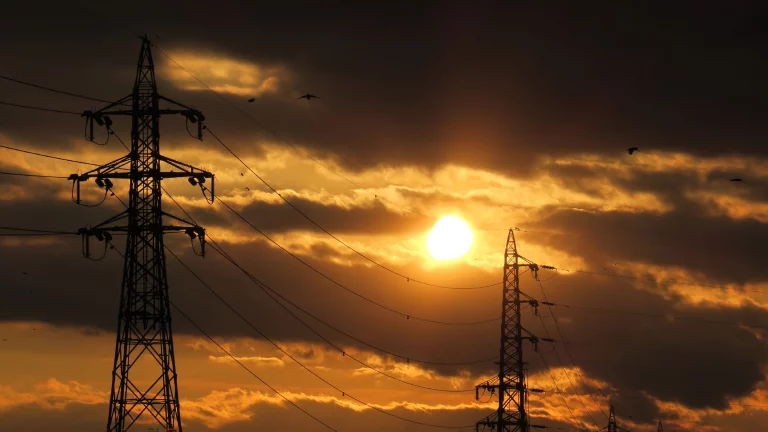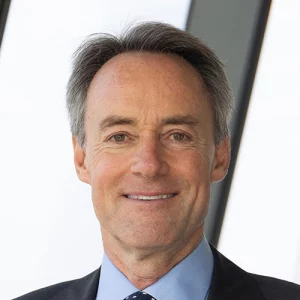Executive Summary
Vast, Complex, and Urgent
Over 600 million Africans live without electricity (~570 million of them in Sub-Saharan Africa). This is about 40% of the continent’s population and nearly 85% of the world’s people without access to electricity.
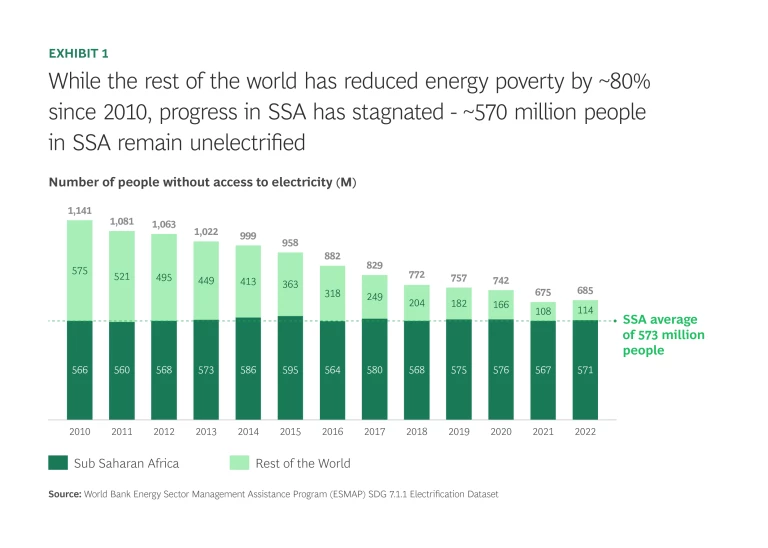
This energy gap is most acute in rural areas and fragile states, but, even in electrified urban centres, supply is often unreliable and costly, forcing reliance on backup generators and expensive fuels.
Various factors contribute to the complexity of expanding access in Africa. These include distance and the dispersed population; sparse grid infrastructure (which makes off-grid solutions vital for remote areas); policy and institutional hurdles; and political and economic risks, such as currency instability.
Energy Access Can Catalyze Development in Africa
Achieving the goal of connecting 300 million Africans by 2030 could yield cumulative GDP gains of $500+ billion by 2040 as well as improved healthcare outcomes, gender equality, climate resilience, and public services.
Energy access is only the first step toward realizing this value. To truly catalyze broader development there is a growing focus on “productive use” of electricity – ensuring that new connections are accompanied by appliances, machinery, and skills that enable households and businesses to increase incomes.
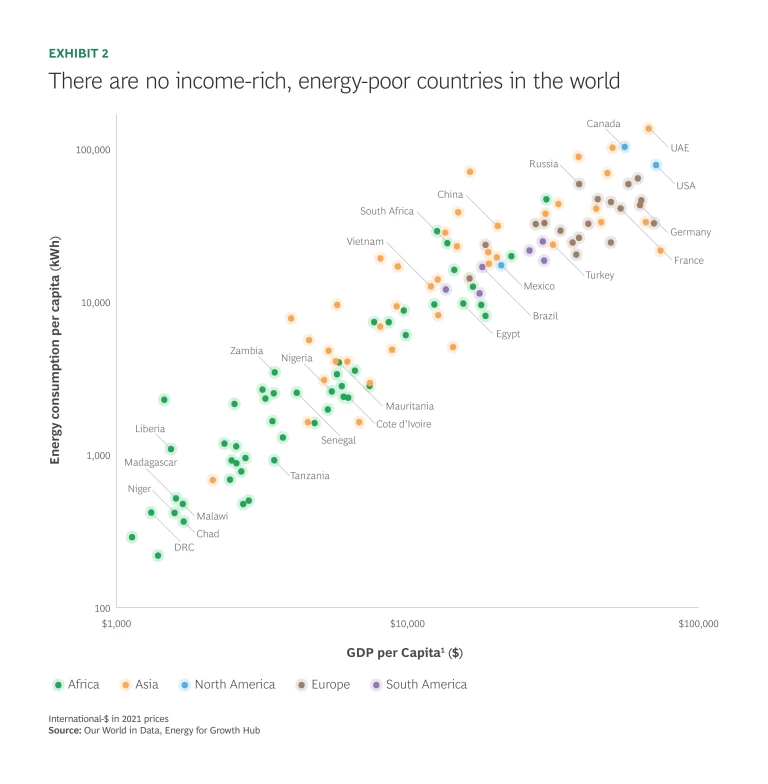
Rising to the Challenge
Despite this daunting challenge, global experience demonstrates rapid electrification is achievable. Between 2000 and 2023, approximately 2.6 billion people globally gained electricity access, bringing the global electrification rate to 92%. This achievement was driven by breakthroughs in technology, innovative financing models, and effective policy implementation.
Successes on the continent demonstrate that rapid electrification is not only possible but already underway. Kenya, for instance, increased electricity access from 32% to around 75% between 2013 and 2022 through effective government leadership, strong regulation, and innovative off-grid solutions, with approximately 90% of electricity now sourced from renewables.
Africa now faces the task of adapting proven strategies to replicate these successes at scale to achieve the ambitious goal of electrifying 300 million people by 2030 and, ultimately, achieving universal energy access. Mobilizing the capital required (estimated at $180-200 billion for universal access), unleashing local champions, and delivering large-scale capital projects are all critical components of Africa’s path to universal access.
Africa Unleashed
Five Levers for the Next 5 Years
The following five levers, pursued in concert, will enable Africa to navigate this complexity and unlock the opportunities that lie in widespread energy access.
Strengthen Government Planning and Reforms: governments need to set clear electrification targets and make the necessary policy and regulatory reforms to create an environment where projects can succeed. This can be done by, for example, simplifying licensing, ensuring tariffs allow cost recovery (with well-targeted subsidies), and improving utility performance.
Upgrade and Expand Grid Infrastructure: expanding transmission and distribution networks is imperative to connect population centres and industrial zones, and to transmit power from new generation projects (renewables, gas, hydropower) to demand hubs. Public-private partnerships can be a game changer, given that most transmission lines today are funded by governments with limited budgets.
Scale Distributed Renewable Energy and Innovation: decentralized renewables (solar home systems, PV mini-grids, small wind, etc.) can be the quickest and most cost-effective way to bring first-time electricity access to remote and low-income households. Studies project that off-grid systems will provide roughly half of new connections in Africa by 2030.
Unlock Capital through Innovative Financing and Partnerships: the next five years must see concerted efforts to mobilize vastly more capital, both domestic and international, by making investments more attractive and accessible. A priority is expanding the use of blended finance facilities and guarantee instruments.
Drive Productive Usage and Inclusion for Impact: the ultimate goal is to translate energy access into real socioeconomic development. A critical lever is to pair electrification efforts with initiatives that maximize productive use, empower communities, and ensure inclusive benefits. Training and capacity-building are also key: people need the skills to leverage power for new businesses or improved services.
Each of these levers reinforces the others. There is no single silver bullet: success will come from concurrently addressing the regulatory, financial, technical, and social facets of the electrification challenge. The experience of past projects and current initiatives make one thing clear: when Africa’s public and private sectors align efforts, backed by data-driven planning and community engagement, the lights come on – and lives change.
Stay ahead with BCG insights on energy
Meet the Authors
Main Authors




Contributors

